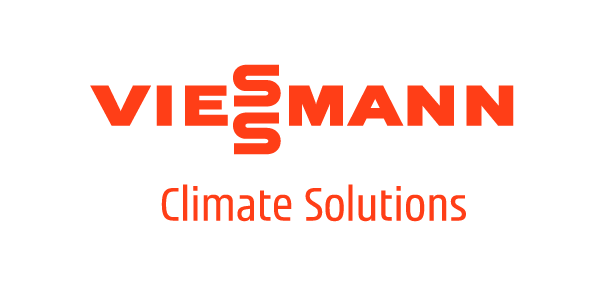The SolKaN 2.0 project aims to develop a new generation of local solar heating systems that use water instead of a water/antifreeze mix as the heat transfer fluid. This change is expected to lower investment costs by over 20% and reduce operating expenditure by approximately 10%. Key technical challenges include integrating the ice storage tank and solar air collectors. A heat pump, utilizing natural refrigerants and operating in the range of –10°C to +10°C, discharges the ice storage tank, and its efficiency is crucial. In addition to developing the heat pump, the project focuses on creating an advanced control strategy and testing the SolKaN 2.0 concept at full scale.
Project partner:
- University of Stuttgart, Institute for Building Energy Systems, Thermal Engineering and Energy Storage
- Dresden University of Technology, Bitzer Professorship for Refrigeration, Cryogenics and Compressor Technology
















